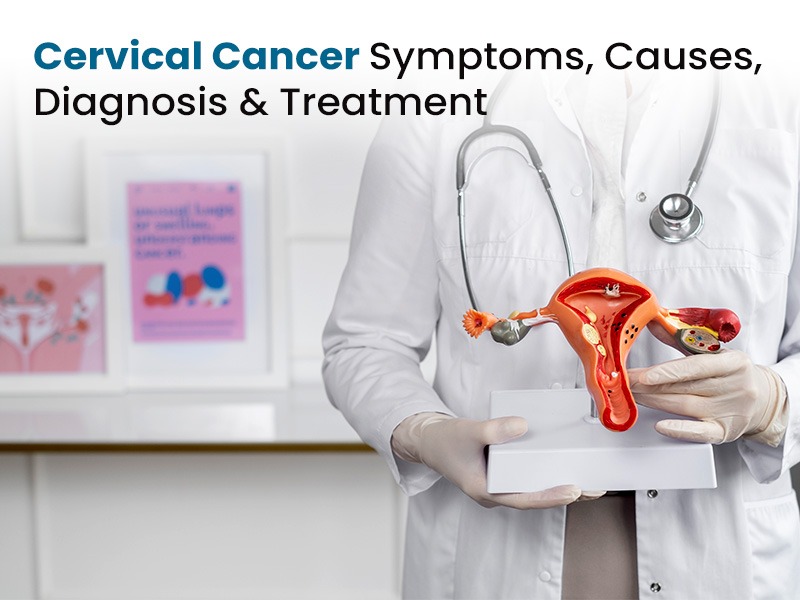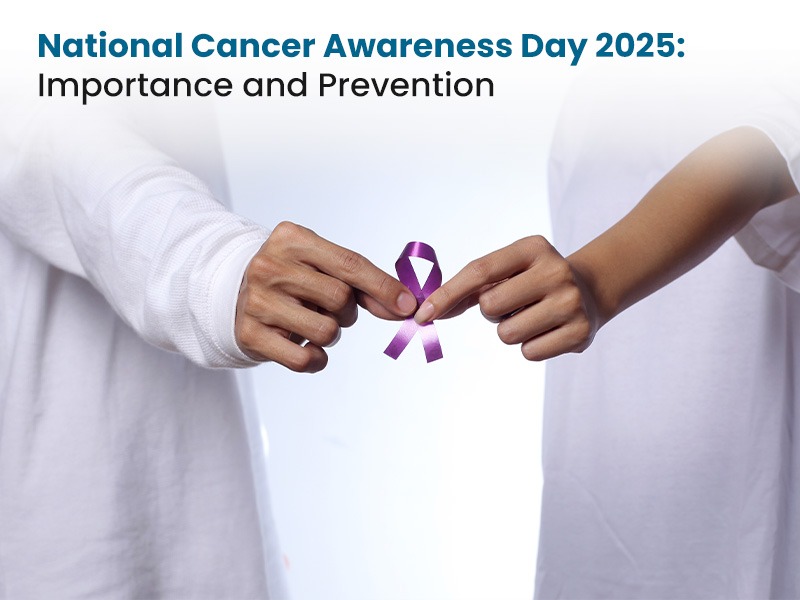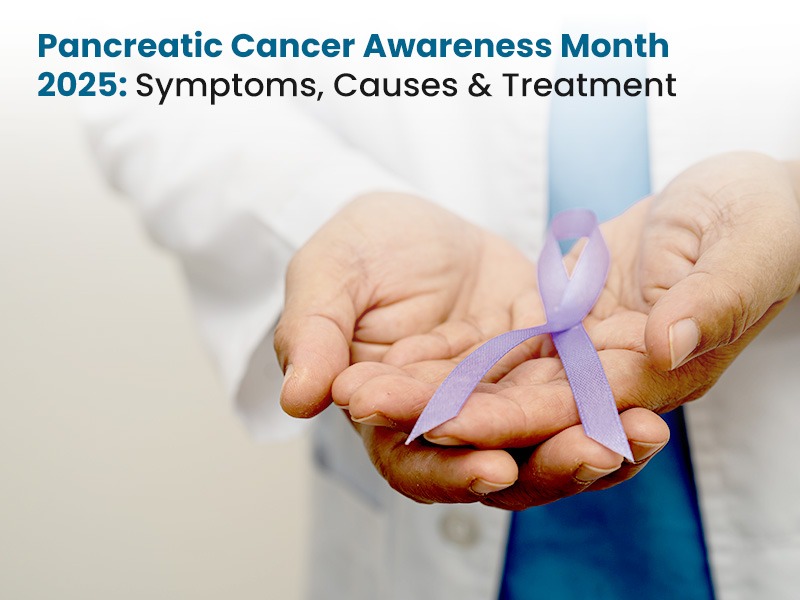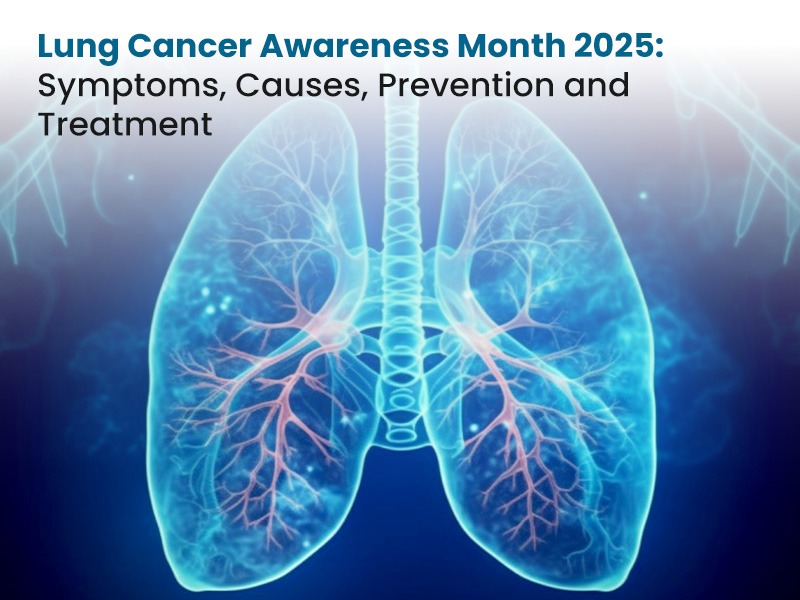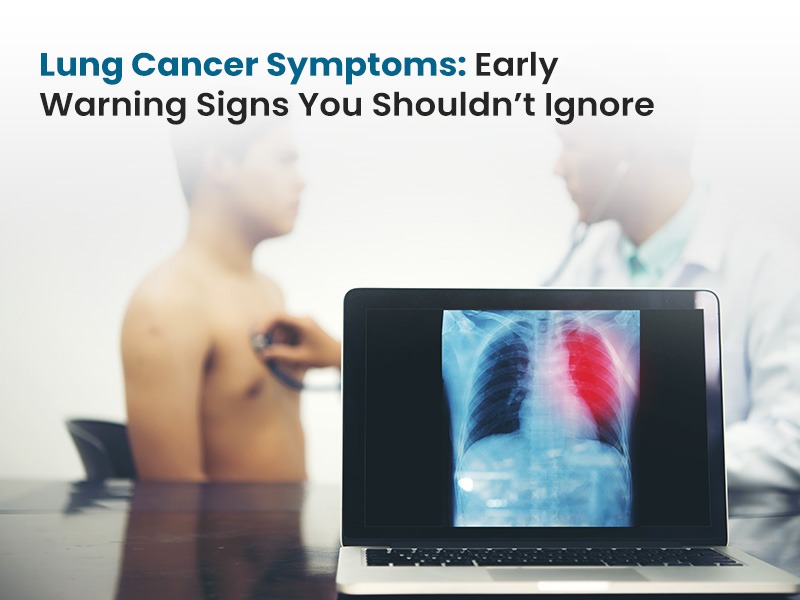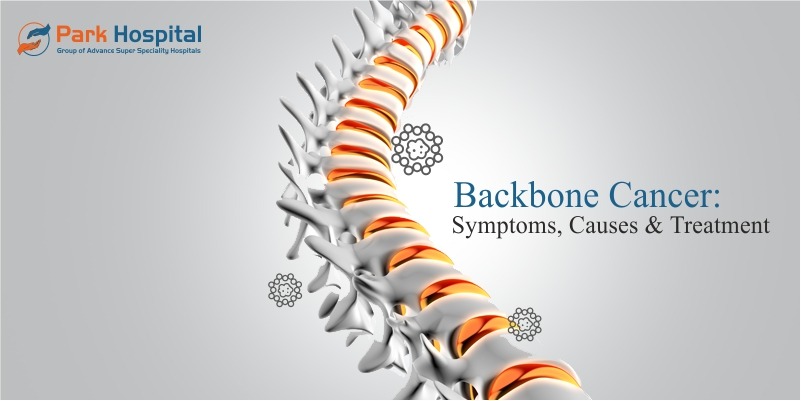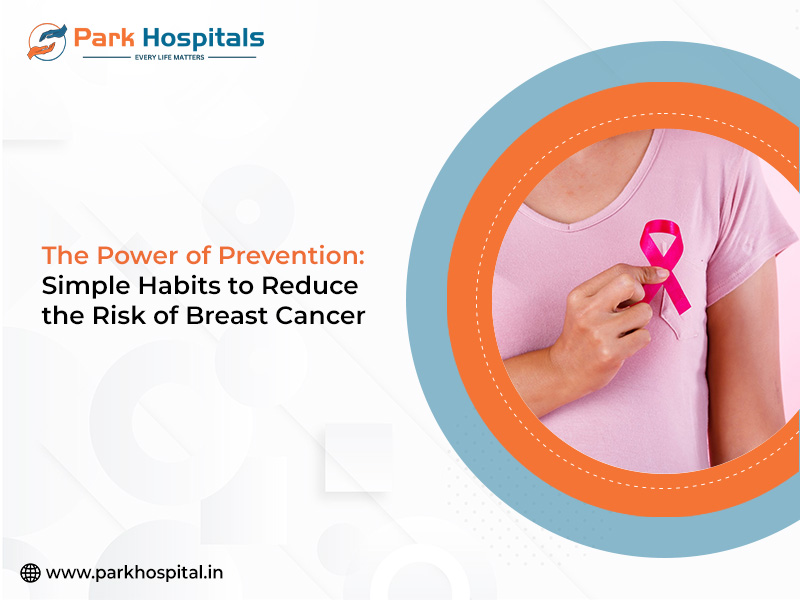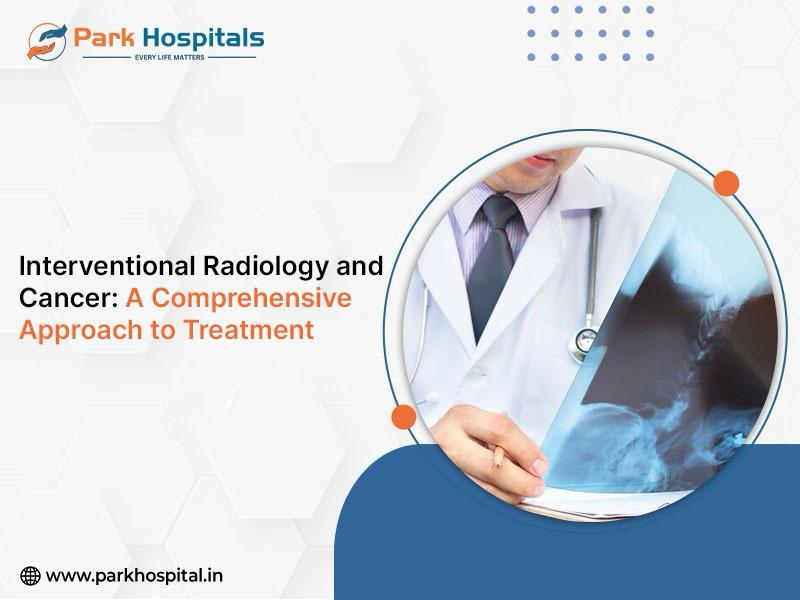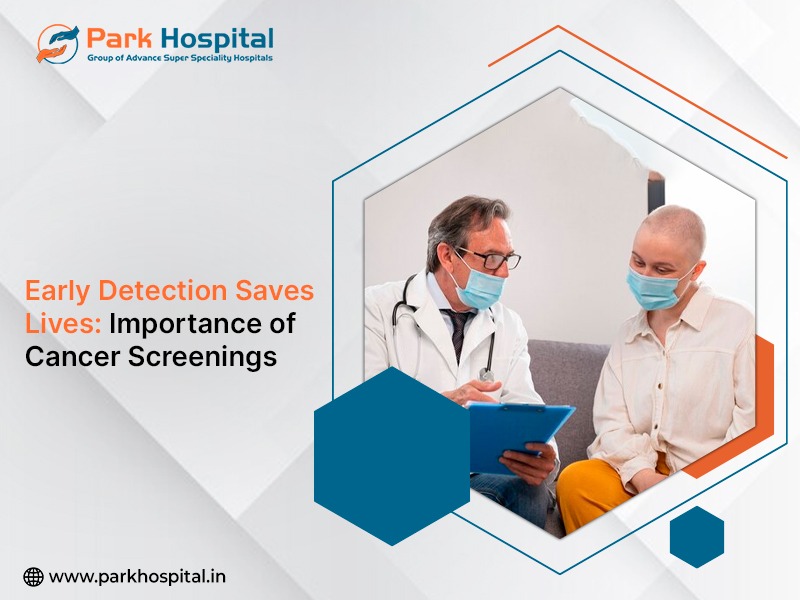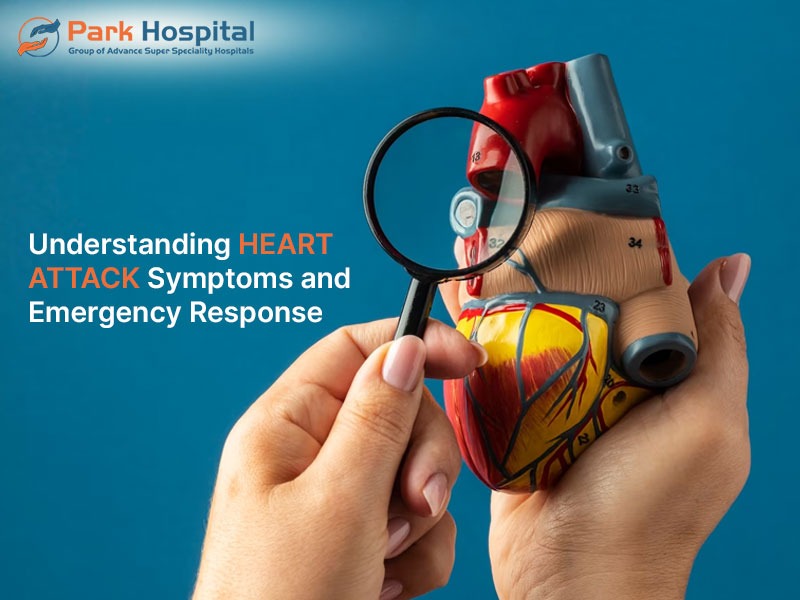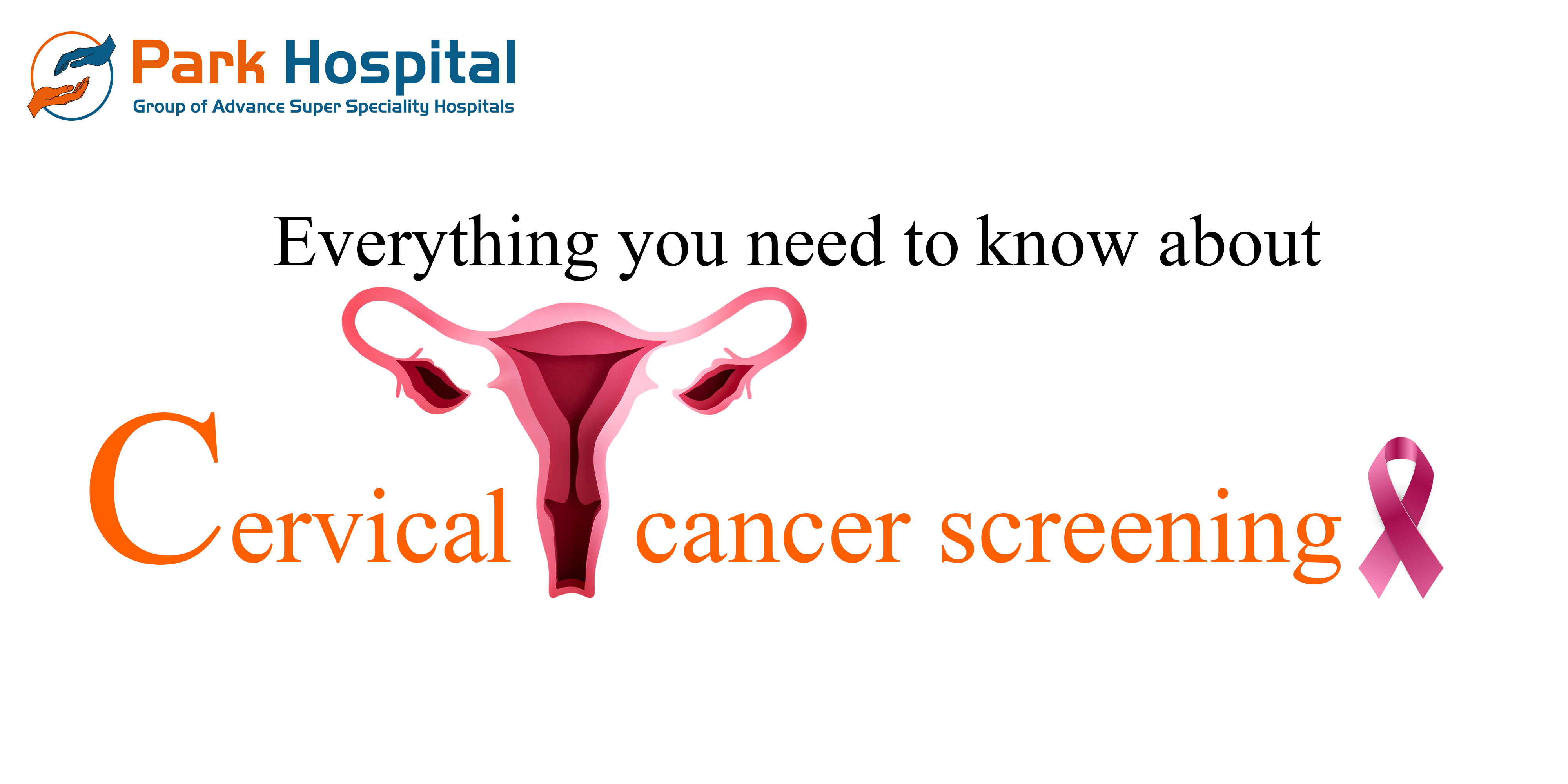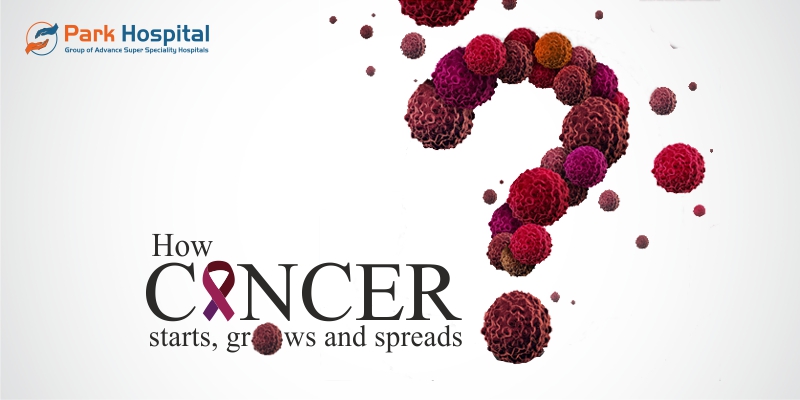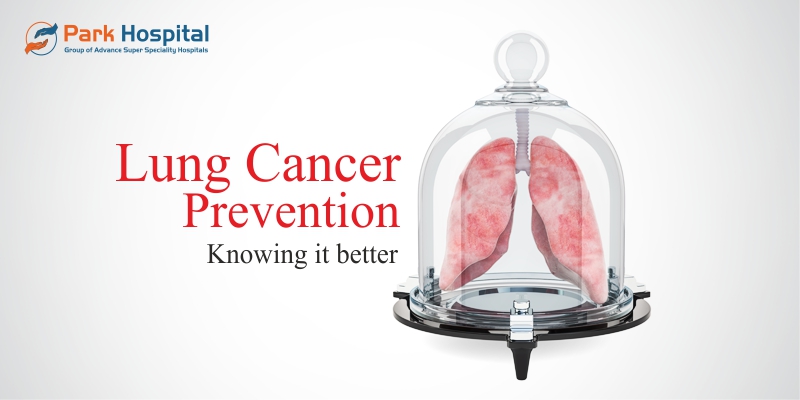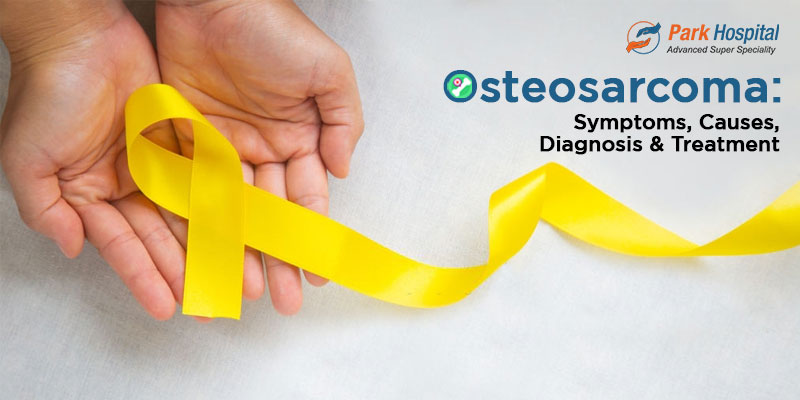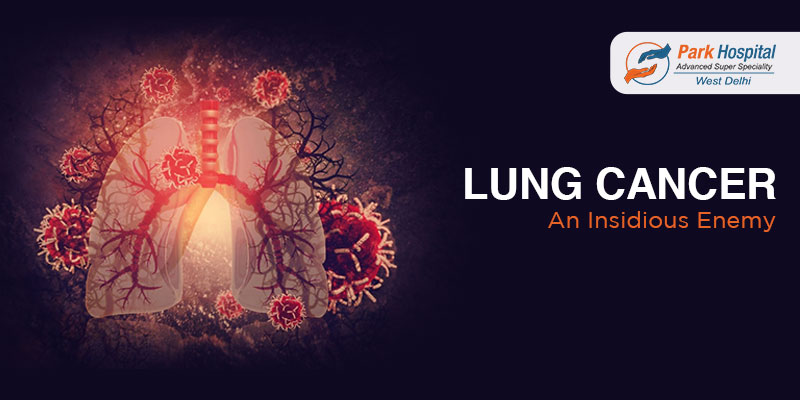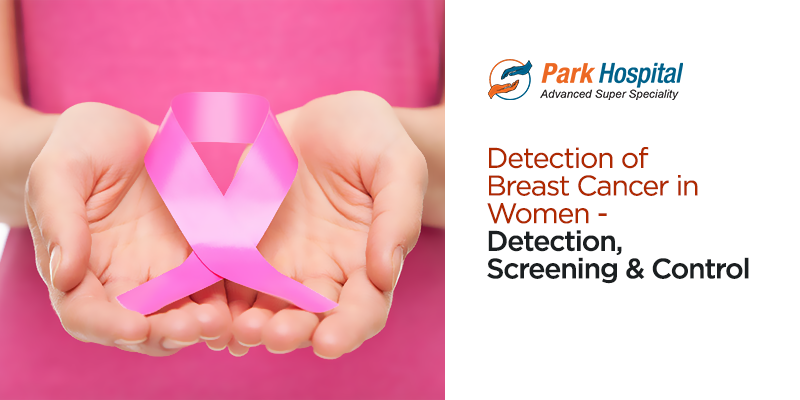Cervical cancer symptoms often develop silently, making it essential for women to stay informed about early warning signs, risk factors, and available screening methods. Recognizing symptoms like abnormal vaginal bleeding, pelvic pain, or pain during intercourse at an early stage can significantly improve treatment outcomes. Regular health checkups such as Pap smear tests and HPV screenings are essential for identifying potential issues at an early stage and helping to prevent the development of the disease.
Park Cancer Hospital, Delhi specializes in advanced diagnosis and treatment of cervical cancer, offering comprehensive care with a highly experienced team of Chairman, Director, Senior Consultants, and Consultants. Park Group of Hospitals is committed to providing individualized cancer care using the latest medical technologies and evidence-based protocols.
Park Group of Hospitals extends its expert oncology services across multiple locations including Delhi, Gurugram (Sector 47, Palam Vihar, Sector 37D), Faridabad, Sonipat, Panipat, Karnal, Ambala, Patiala, Mohali, Bathinda, Behror, and Jaipur. With a strong focus on accessible and compassionate healthcare, we offer 24x7 emergency cancer care. Call our emergency services helpline at +91 99166 99166 for immediate assistance.
What is Cervical Cancer?
Cervical cancer refers to the uncontrolled growth of cells in the cervix, which is the part of the female reproductive system located between the uterus and the vagina. It is one of the most common cancers affecting women, especially in areas where access to regular screening and HPV vaccination is limited. The primary cause of cervical cancer is a persistent infection with high-risk types of the human papilloma virus, a common sexually transmitted virus.
It typically starts with abnormal changes in the cervical cells called cervical dysplasia or precancerous lesions. These early changes can be detected through routine screening tests like the Pap smear and HPV DNA test. If not treated in time, these unusual cells can gradually turn into cervical cancer.
Cervical cancer can affect women of all age groups, but it most often occurs in those between 30 and 50 years of age. There are two major types of cervical cancer. Squamous cell carcinoma begins in the thin, flat cells lining the cervix and is the most common type. Adenocarcinoma starts in the glandular cells of the cervical canal and is less common but more difficult to detect.
Timely screening and vaccination can effectively prevent cervical cancer. Awareness of risk factors, symptoms, and available preventive options is essential to reduce the burden of this disease.
Common Cervical Cancer Symptoms
Cervical cancer symptoms often go unnoticed in the early stages, which is why many cases are detected only when the disease has advanced. This makes routine screening even more critical. As the cancer progresses, certain symptoms may start to appear, and recognizing these warning signs early can lead to a faster diagnosis and more effective treatment.
The most commonly reported symptoms of cervical cancer include:
Abnormal vaginal bleeding
Abnormal vaginal bleeding is a common warning sign. It can happen at times other than the regular menstrual cycle, such as after intimacy or following menopause. Any unexpected bleeding should be evaluated promptly.Unusual vaginal discharge
Women with cervical cancer may notice watery, pink, or foul-smelling discharge. Any unusual change in color, amount, or odor can indicate a serious health issue.Pain during sex (dyspareunia)
Pain or discomfort during sexual activity can be a possible sign of cervical cancer. This symptom should never be ignored, especially if it is accompanied by bleeding.
Pelvic pain or pressure
Persistent pelvic discomfort that is not linked to menstruation may be a sign of cervical or other reproductive cancers. This pain may be dull or sharp and can vary in intensity.Longer or heavier menstrual periods
Changes in your menstrual cycle, such as significantly longer or more painful periods, may indicate abnormalities in the cervix and require medical evaluation.Pain during urination or bowel movements
In more advanced cases, cervical cancer can press against surrounding organs, causing pain or difficulty when urinating or having a bowel movement.
It is important to note that these symptoms can also result from less serious conditions, such as infections or fibroids. However, any persistent or unusual symptom should not be ignored. Early medical evaluation can help rule out serious issues and, if needed, initiate timely treatment for cervical cancer.
Recognizing the Early Signs of Cervical Cancer
Cervical cancer often develops gradually, starting with precancerous changes that may not show clear symptoms. As it progresses, subtle warning signs may appear. Recognizing these early indicators can lead to timely diagnosis and better treatment outcomes.
Watch out for these early signs:
Spotting or bleeding between periods
Even light bleeding outside your regular cycle may indicate early cervical changes that require medical attention.Bleeding after intercourse
Spotting or light bleeding post-intercourse is a common early sign of cervical abnormalities, including precancerous lesions.Persistent vaginal discharge
An increase in discharge or noticeable changes in color, smell, or consistency can be an early warning sign.Pelvic or lower back discomfort
Mild but ongoing pain in the pelvic area or lower back should not be ignored, especially if paired with other symptoms.Pain during sex
Discomfort or pain during intercourse may point to cervical changes and should be evaluated by a doctor.Menstrual irregularities
Heavier or longer periods, or irregular cycles, particularly in women over 30, may signal a need for further investigation.
Early cervical cancer often has mild or no symptoms, sometimes mistaken for hormonal changes or infections. If unusual signs persist, consult a gynecologist promptly. Early diagnosis can be life-saving.
Major Causes of Cervical Cancer
Cervical cancer is mainly caused by persistent infection with high-risk types of the human papilloma virus (HPV), though several other risk factors may contribute. Understanding these can help women take preventive measures for better reproductive health.
Key causes and risk factors include:
HPV Infection
The leading cause of cervical cancer. High-risk strains like HPV-16 and HPV-18 are linked to most cases. Though many HPV infections clear on their own, persistent ones can lead to abnormal cell changes.Weakened Immune System
Conditions like HIV or use of immunosuppressants reduce the body's ability to fight off HPV infections.Smoking
Tobacco damages cervical cells and weakens immune response, raising the risk of squamous cell cervical cancer.Long-term Use of Oral Contraceptives
Using birth control pills for over five years may slightly raise cervical cancer risk, but this decreases after stopping.Early Sexual Activity or Multiple Partners
These increase the chance of exposure to high-risk HPV strains.Lack of Regular Screening
Skipping Pap smears or HPV tests allows precancerous changes to go unnoticed and progress.Family History
A family history of cervical cancer may slightly elevate risk due to shared genetics or lifestyle factors.
Preventive steps like HPV vaccination, regular screening, safe sex, and avoiding tobacco can significantly lower the risk of cervical cancer.
Understanding HPV and Its Role in Cervical Cancer
The Human papilloma virus (HPV) plays a major role in the development of cervical cancer. This virus is mainly transmitted through sexual activities such as vaginal, anal, or oral contact. Certain high-risk types of HPV can infect the cells of the cervix and lead to abnormal changes over time, increasing the chances of cancer if not detected early. Of the 100+ HPV types, high-risk strains like HPV-16 and HPV-18 are responsible for nearly 70 percent of cervical cancer cases.
Most sexually active people will contract HPV at some point. While the body usually clears the virus within two years, persistent high-risk HPV can lead to abnormal cervical cell changes and, over time, cancer.
HPV often causes no symptoms, making it easy to transmit unknowingly. Regular screening with Pap smears and HPV tests helps detect changes early, before they become cancerous.
The HPV vaccine offers strong protection against the most harmful strains. It is recommended for girls and boys starting from age 9 to 14 and can be given up to age 26 or beyond with medical guidance.
Preventive measures like vaccination, safe sex, and routine screening are vital in reducing cervical cancer risk. Raising awareness about the HPV vaccine is key to protecting future generations.
Cervical Cancer Screening Methods
Screening plays a crucial role in identifying cervical cancer at an early stage and helping prevent its development. It helps identify abnormal cervical cell changes before they turn cancerous, improving treatment outcomes and saving lives.
Common screening methods include:
Pap Smear (Pap Test)
This test involves collecting cervical cells to examine them for any early signs of abnormal or precancerous changes. Recommended from age 21, every three years if results are normal. Abnormal results may require further tests.
HPV DNA Test
Detects high-risk HPV strains linked to cervical cancer. Often done with the Pap test in women over 30. A positive result indicates increased risk, not cancer.
Visual Inspection with Acetic Acid (VIA)
Used in low-resource areas, this method involves applying vinegar to the cervix and checking for abnormal areas. It’s simple, low-cost, and effective where other tests are unavailable.
Colposcopy
A follow-up test for abnormal Pap or HPV results. A magnifying device is used to examine the cervix, and a biopsy may be taken if needed.
Who Should Get Screened and How Often?
Women between the ages of 21 and 29 should have a Pap smear every three years.
Women aged 30 to 65 should either continue Pap tests every three years, or opt for Pap plus HPV co-testing every five years.
Women over 65 who have had regular screenings with normal results may be able to stop screening, as advised by their doctor.
Cervical cancer screening is a preventive measure that significantly lowers the risk of developing invasive cancer. Women should not delay these tests out of fear or discomfort, as early-stage cervical changes are highly treatable.
Diagnosis of Cervical Cancer
Diagnosing cervical cancer accurately requires a combination of medical tests and procedures. This help confirm if cancerous cells are present, assess how far the disease has progressed, and assist doctors in creating an effective treatment plan. Women who have abnormal screening results or persistent symptoms are referred for diagnostic evaluation without delay.
1. Diagnostic Tests and Procedures
A diagnosis typically begins with a detailed medical history and a pelvic examination. If a Pap smear or HPV DNA test indicates abnormal cells, the next step is usually a colposcopy. During colposcopy, a specialist uses a magnifying instrument to examine the cervix and identify areas of concern. If any suspicious regions are seen, a small tissue sample (biopsy) is taken for laboratory analysis.
2. Types of Biopsies
Punch Biopsy collects tiny samples from the surface of the cervix.
Endocervical Curettage is a procedure in which a thin tool or a soft brush is gently used to collect cell samples from the cervical canal.
Cone Biopsy involves removing a cone-shaped section of tissue from the cervix and is often performed when deeper tissue evaluation is needed.
3. Imaging Studies for Staging
After a biopsy confirms the presence of cancer, imaging tests are used to assess the extent of its spread within the body. Common imaging tests include ultrasound, magnetic resonance imaging (MRI), computed tomography (CT) scans, and positron emission tomography (PET) scans. These studies reveal whether cancer has invaded nearby tissues or spread to lymph nodes and distant organs.
4. FIGO Staging System
Cervical cancer is staged according to the International Federation of Gynecology and Obstetrics (FIGO) system, which classifies disease from stage I (confined to the cervix) through stage IV (spread to adjacent organs or distant sites). Precise staging plays a vital role in determining the best possible treatment plan and assessing the likely outcome of the disease.
5. Blood Tests and Biomarkers
While there is no specific blood test for cervical cancer, routine blood work evaluates overall health, organ function, and helps in detecting anemia or elevated markers that may influence treatment decisions.
Timely diagnosis through a combination of biopsy, imaging, and staging assessments ensures that each patient receives a tailored care plan. Early and precise evaluation leads to better outcomes and may allow for less invasive treatment options.
Cervical Cancer Treatment Options
Cervical cancer treatment depends on the stage, tumor size, patient’s age, overall health, and fertility goals. When detected early, it is highly treatable.
Main treatment options include:
1. Surgery
Often used for early-stage cases
Types include:
Conization: removes a small, cone-shaped part of the cervix
Trachelectomy: removes the cervix while keeping the uterus intact.
Hysterectomy: removes the uterus and cervix; in advanced cases, nearby tissues may also be removed
2. Radiation Therapy
Uses high-energy rays to destroy cancer cells.
External beam radiation targets the pelvis
Brachytherapy delivers radiation internally to the cervix
May be used alone or with chemotherapy.
3. Chemotherapy
Involves cancer-killing drugs like cisplatin and paclitaxel. Often used with radiation or in advanced/recurrent cases.
4. Targeted Therapy & Immunotherapy
Used for advanced cervical cancer:
Targeted drugs like bevacizumab block tumor blood supply
Immunotherapy such as pembrolizumab supports the immune system in identifying and attacking cancer cells.
5. Supportive & Palliative Care
Focuses on relieving symptoms and improving quality of life in advanced or unresponsive cases, including pain management and emotional support.
At Park Hospital, treatment is planned by a team of specialists, offering personalized care using advanced therapies for better outcomes.
Cervical Cancer Survival Rate and Prognosis
When detected early, cervical cancer has a high survival rate. Prognosis depends on the cancer stage, type, overall health, and treatment response. Advances in screening, HPV vaccination, and therapies have significantly improved outcomes.
1. Survival Rate by Stage
Stage I (cancer limited to cervix): 90-95%
Stage II (spread beyond cervix): 70-80%
Stage III (spread to pelvic wall or lower vagina): 40-50%
Stage IV (spread to distant organs): 15-20%
These rates are general and may vary based on treatment access and individual factors. Early detection through screening leads to better outcomes.
2. Key Factors Influencing Prognosis
Stage at diagnosis
Type of cervical cancer (squamous cell or adenocarcinoma)
Response to treatment
Age, overall health, and presence of other conditions like HIV
3. Cervical Cancer Fatality Rate
Despite being preventable and treatable, cervical cancer remains a major cause of death, especially in areas with limited screening and vaccination. Fatality rates have dropped in countries with strong awareness and prevention programs.
Ongoing efforts in early detection and HPV vaccination are expected to further improve survival rates globally.
Prevention and Lifestyle Measures
Cervical cancer can be prevented with the right steps at the right time. Healthy choices, regular screening, and timely vaccination can greatly reduce the risk.
1. Get Vaccinated Against HPV
The HPV vaccine protects against high-risk types like HPV 16 and HPV 18. It is most effective when given between ages 9 and 14, but can also be recommended up to age 26 or later depending on medical advice.
2. Practice Safe Sexual Habits
Using condoms and limiting sexual partners can lower the risk of HPV and other infections. Delaying the start of sexual activity also helps reduce exposure.
3. Regular Cervical Screening
Pap smears and HPV tests are essential tools that identify unusual changes in the cervix during the early stages. Follow age-specific screening recommendations and consult your doctor regularly.
4. Avoid Tobacco Use
Smoking harms the immune response and leads to an increased risk of cervical cancer. Quitting tobacco improves overall health and lowers cancer risk.
5. Maintain a Strong Immune System
Good nutrition, regular physical activity, proper sleep, and stress management support the immune system in fighting infections like HPV.
6. Stay Informed and Spread Awareness
Spreading awareness about cervical cancer prevention motivates timely action. Encourage your family and community to opt for regular screening and vaccination.
By adopting these measures, women can significantly lower their risk of cervical cancer and support better long-term health outcomes.
When to See a Doctor
Timely medical advice is crucial for early detection and successful treatment of cervical cancer. Knowing when to consult a doctor can help save lives, especially for women at higher risk.
1. Persistent Symptoms
See a doctor if you notice any of the following for more than a few days:
Unusual vaginal bleeding that occurs following sexual activity, in between menstrual cycles, or after menopause .
Watery or foul-smelling discharge
Pelvic pain or pain during intercourse
Ongoing back or leg pain
Fatigue or unexplained weight loss
These symptoms may not always mean cancer but should never be ignored.
2. Abnormal Screening Results
If your Pap or HPV test is abnormal, follow-up tests like a colposcopy or biopsy may be needed.
3. Presence of Risk Factors
Women with early sexual activity, multiple partners, a history of infections, low immunity, or a family history of cervical cancer should see a gynecologist regularly, even without symptoms.
4. Missed Screenings
If you have postponed or skipped your Pap smear or HPV test, make sure to book your appointment at the earliest opportunity.
5. Concern After HPV Exposure
If exposed to HPV or unsure about vaccination or testing, consult your doctor for proper guidance.
If you are in doubt, it is always safer to consult a doctor at the earliest opportunity. Prompt action can make a life-saving difference.
Conclusion
Cervical cancer can be effectively prevented and treated if it is identified at an early stage. Understanding its symptoms, causes, and the importance of regular screening can significantly reduce the risks associated with this disease. Awareness, early intervention, and timely medical care are your strongest tools in protecting yourself or your loved ones from cervical cancer.
At Park Cancer Hospital, our mission is to provide expert, compassionate care at every stage of a woman’s cancer journey. With advanced diagnostic tools, personalized treatment plans, and a dedicated team of oncology specialists, we are committed to helping women overcome cervical cancer with confidence and strength.
If you are experiencing any symptoms, have questions about screening, or need guidance regarding prevention, do not hesitate to consult with our expert team.
FAQs About Cervical Cancer
1. What are the common cervical cancer symptoms I should watch for?
Common cervical cancer symptoms include abnormal vaginal bleeding, unusual discharge, pelvic pain, and pain during intercourse. In its early stages, cervical cancer may not show any signs, which is why regular screening is important for early detection.
2. How often should I get screened for cervical cancer?
Women are advised to start cervical cancer screening once they reach the age of 21. Pap tests are recommended every 3 years for women aged 21-29, and for women aged 30-65, a Pap test combined with an HPV test is advised every 5 years, unless otherwise recommended by your doctor.
3. Is cervical cancer curable?
Yes, cervical cancer is highly treatable when diagnosed early. The chances of a complete cure are highest when the disease is found in its early stages, which is why timely screening and prompt treatment are crucial.
4. What is the connection between HPV and cervical cancer?
Cervical cancer primarily develops due to infection with the human papillomavirus (HPV). Persistent infection with high-risk HPV strains can lead to changes in cervical cells, eventually resulting in cancer. HPV vaccination and regular screening can help reduce this risk.
5. Can cervical cancer be prevented?
While not all cases can be prevented, cervical cancer risk can be significantly lowered through HPV vaccination, safe sexual practices, regular screenings, and avoiding tobacco use. Early lifestyle changes and awareness are key to prevention.

